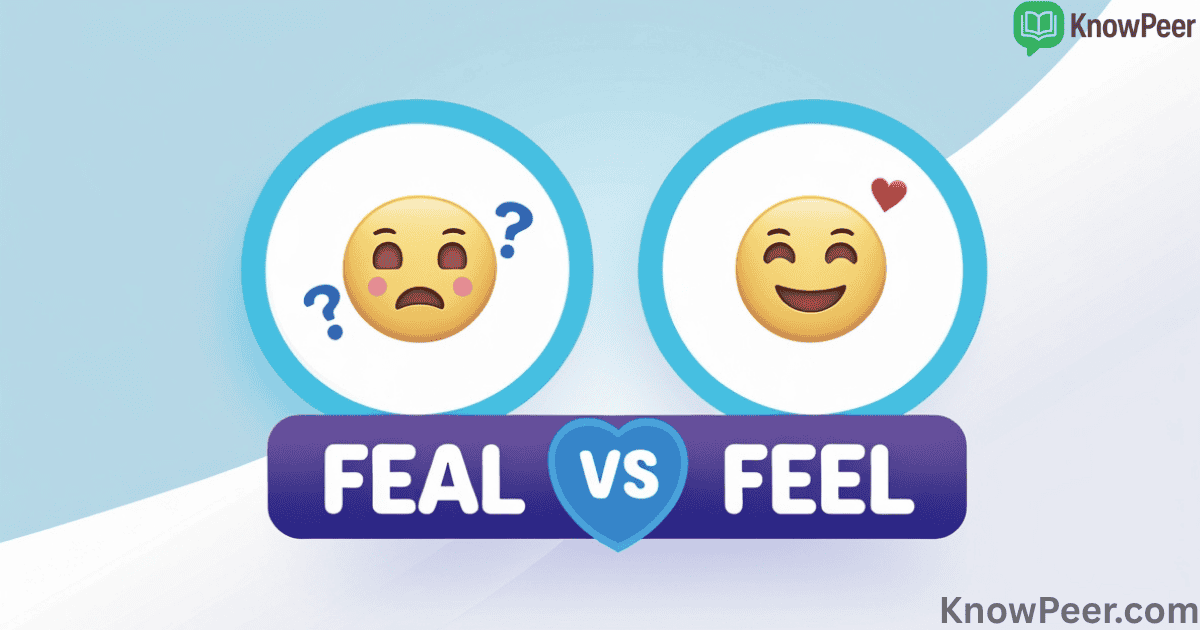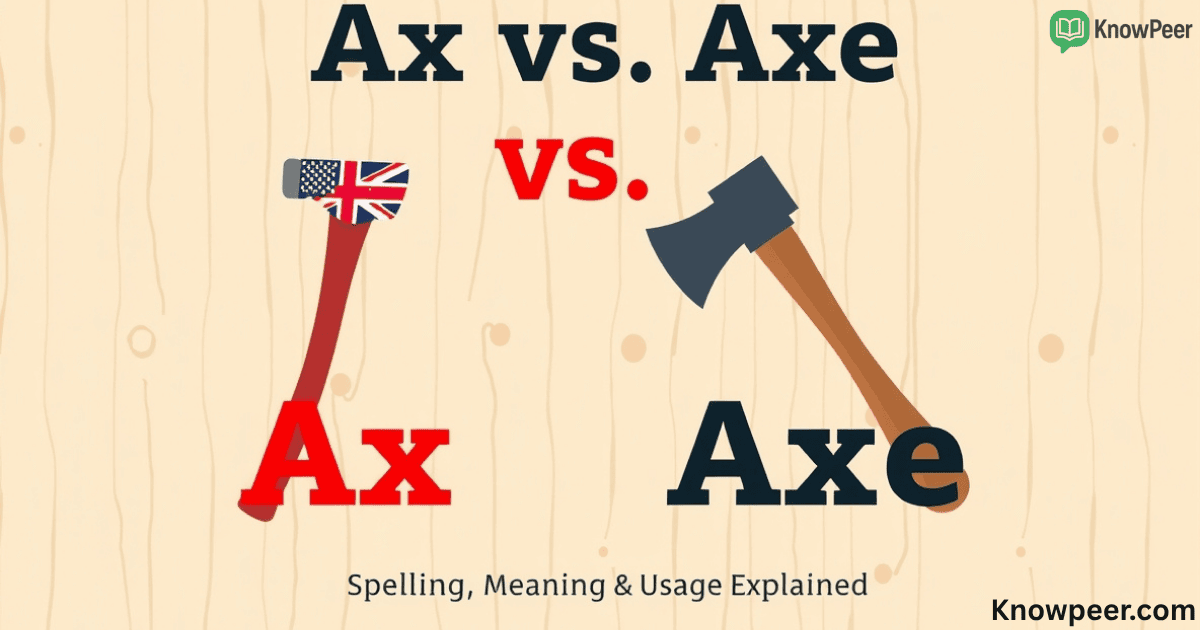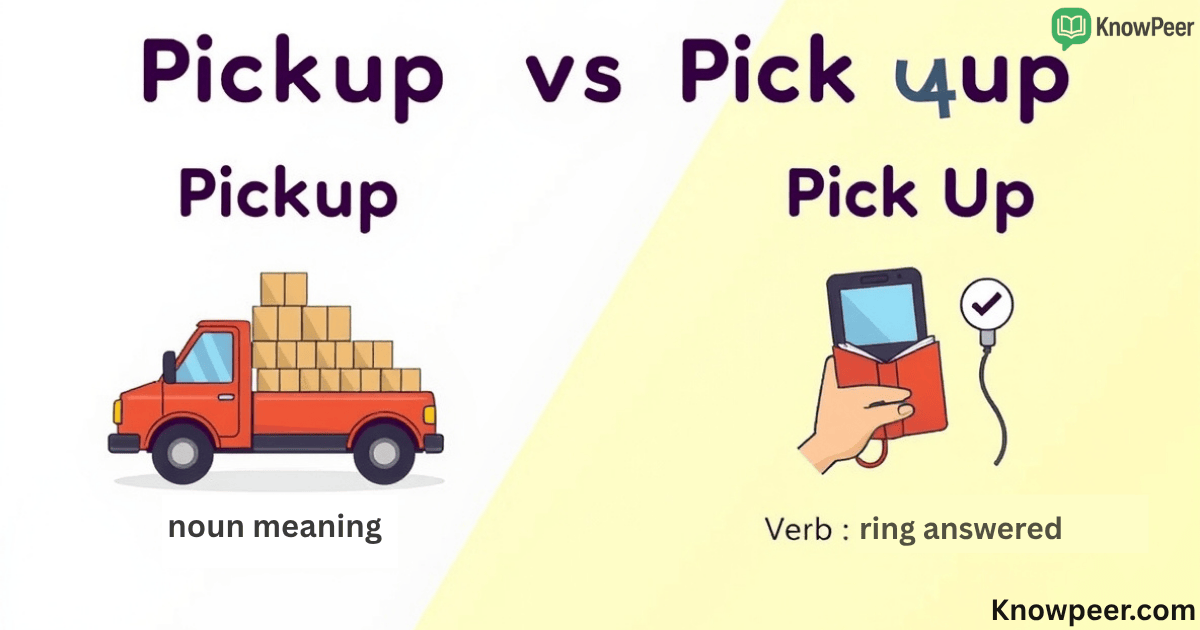The difference between feal and feel begins with how often you’ll see each word. Feal meaning comes from old times Feal vs Feel. It shows loyalty and faithfulness. Scholars once used feal definition to describe knights and servants. On the other hand, feel meaning is alive today. You use feel word usage every day. You feel joy, touch fabric, or sense pain. Understanding the correct use of feal and feel can improve your writing. This guide dives into both words, includes archaic English words, grammar tips, and clear examples.
What’s the Difference Between “Feal” and “Feel”?
When you examine feal vs feel, one stands in old history and the other in modern speech. Feal word usage is rare now. It appears in medieval texts and poetry. People don’t use it in casual talk. It means loyal or faithful, like “a feal knight.” By contrast, feel definition covers sensing, touching, or experiencing emotion. It traces back to Old English fēlan. You rely on feel word usage for everyday meaning. This section sets the stage for deeper exploration, so you see the roles each word plays.
In grammar, these words work very differently. Feal acts only as an adjective. Feel can be both verb and noun. Seeing them side by side highlights the gap: feal meaning ties to loyalty, and feel meaning covers senses and emotions. That contrast helps you avoid errors when writing. Let’s dig into how each word evolved.
“Feal”: Rare, Archaic, Poetic
The feal definition lives in literary and historical work. You’ll find it in texts from medieval times. Feal meaning comes from Old French feal, from Latin fidelis. That root also inspires “fidelity” and “faithful.” When you read historical fiction, “feal” might show up to give an evocative tone. You might read a line like “a feal servant ruled with honesty.” That feels poetic and old. Because it’s obsolete English vocabulary, many readers won’t recognize it.
If you try to use feal word usage today, you’ll seem archaic. Yet in fantasy or epic stories, it works well. Think of knights, kings, ancient vows. People who enjoy historical word usage or medieval English terms will understand. Still, modern readers will ask, “What does feal mean?” Use it only when you want that old-world feel. You won’t use it in emails or blogs about everyday life.
“Feel”: A Versatile, Living Word
The feel definition covers senses and emotion. As a verb, you can say “I feel cold” or “I feel happy.” As a noun, it shows the vibe: “The feel of silk is smooth.” It traces to Old English fēlan, making it a classic part of speech. That versatility shines in speech. When you write, you lean on how to use feel in writing for clarity. Lines like “I feel for you” or “feel the rhythm” show pure emotional expression.
Because feel meaning is everyday, you see it all over. You describe touch, senses, mood, intuition. It forms idioms such as “feel the burn,” “feel free,” or “feel like a million dollars.” Each phrase connects with readers’ emotions and physical senses. If you’re giving writing clarity tips, teaching people to vary “feel” with synonyms—sense, perceive, experience—is smart. You avoid repetition and deepen expression.
Head‑to‑Head: Feal vs Feel at a Glance
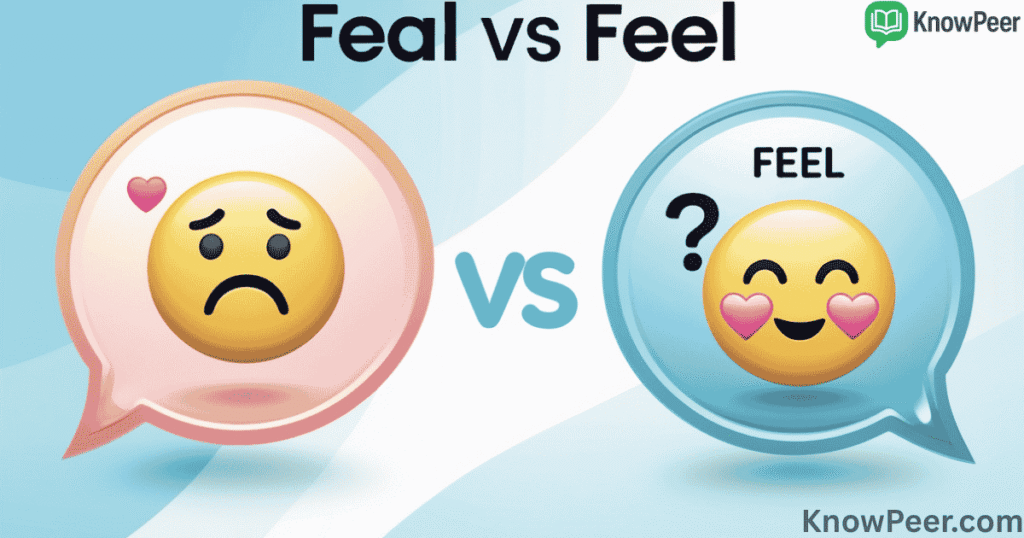
The table below helps compare points fast. It shows feal definition, feel definition, and usage in one place.
| Word | Part of Speech | Core Meaning | Example Sentence | Modern Use |
| feal | adjective | loyal | “A feal knight” | Rare, poetic |
| feel | verb, noun | sense, emotion | “I feel joy”; “The feel is soft.” | Very common |
This table shows how different these words are. One adds flavor to old tales. The other supports everyday conversation. Grasping this table helps you avoid confusion in common panic of homophones confusion.
How to Avoid Mixing Them Up
To keep feal vs feel straight, follow grammar and proofreading tips. First, remember feal is archaic. Feel is versatile and current. If you write “feal the breeze,” you’ve made a mistake. Only use “feal” when you mean loyal. If you ever worry, try synonyms. Replace “feel” with sense, touch, perceive. If that works, then “feel” was your choice. Use tools like spelling check tools and built-in proofreaders. They catch unusual words like “feal” in modern contexts.
Using context helps too. You won’t say “I feal cold.” That sounds wrong. But “I feel cold” is correct. One way to check is reading your writing aloud. If it sounds odd, you’ve likely misused the word. A quick test: did you mean loyalty or sense? That question stops confusion. Writers love using memory devices: feal = Fidelis = faithful. That simple link improves retention.
Examples from Real Usage
Literary texts include “feal” to add old flavor. For example, a medieval poem might state “He stayed feal through storms and strife.” That is pure poetic language examples. Fantasy authors also use it when they want to evoke allegiance and oath-bound loyalty. Modern readers feel a medieval tone instantly.
You see “feel” in daily life. You might find it in customer reviews: “I feel the softness of this sweater.” That is feel in everyday speech. A research case study on user experience might say, “Users feel satisfied when the interface feels intuitive.” “Feel” shows sense and emotion. Teachers cite it in English classes when explaining idioms with feel or emotional expressions in English. Its rich use shows why “feel” dominates everyday writing.
When to Use “Feel” in Formal vs Informal Writing
Knowing the correct use of feal and feel matters here. “Feel free to contact me” works in formal and informal writing. You convey respect with simplicity. In formal documents, you might also vary with “perceive,” “sense,” or “experience.” That keeps style elevated. In informal settings—messages, blog posts—you can say “I feel you.” That casual tone connects with readers.
The trick is balance. Overusing “feel” can make writing dull. But mixing synonyms creates variety. If you say “I feel sad,” that is clear. If you vary with “I sense sadness creeping in,” that is more vivid. A grammar tip for writers is to avoid passive voice and to vary sentence length. This improves burstiness and perplexity. Feel blends well in varied sentence structures.
Bonus: Other Confusing Word Pairs
English is full of word pairs that often confuse writers and speakers alike. Just like feal vs feel, these pairs sound alike or look similar but have very different meanings. Understanding them helps you write clearly and avoid embarrassing mistakes. For example, reign vs rein—“reign” means to rule, like a king, while “rein” is a leather strap used to control a horse. Mixing them up can change your sentence’s meaning completely.
Another common pair is bare vs bear. “Bare” means uncovered or naked, such as “bare hands,” while “bear” is a large animal or means to carry something. Writers often confuse these, but their difference is easy once you associate “bear” with the animal. Then there’s affect vs effect. “Affect” is usually a verb meaning to influence, while “effect” is a noun meaning the result of a change. For example, “The weather can affect your mood” and “The effect of the rain was flooding.”
Learning these pairs is part of mastering English. Like the feal or feel confusion, they require attention to detail. Using them correctly shows you care about language and improves your readers’ experience. When you proofread, watch out for these words. With practice, spotting and fixing them becomes second nature. This skill is a must for anyone aiming for clear, smart writing.
Smart Writing Choices
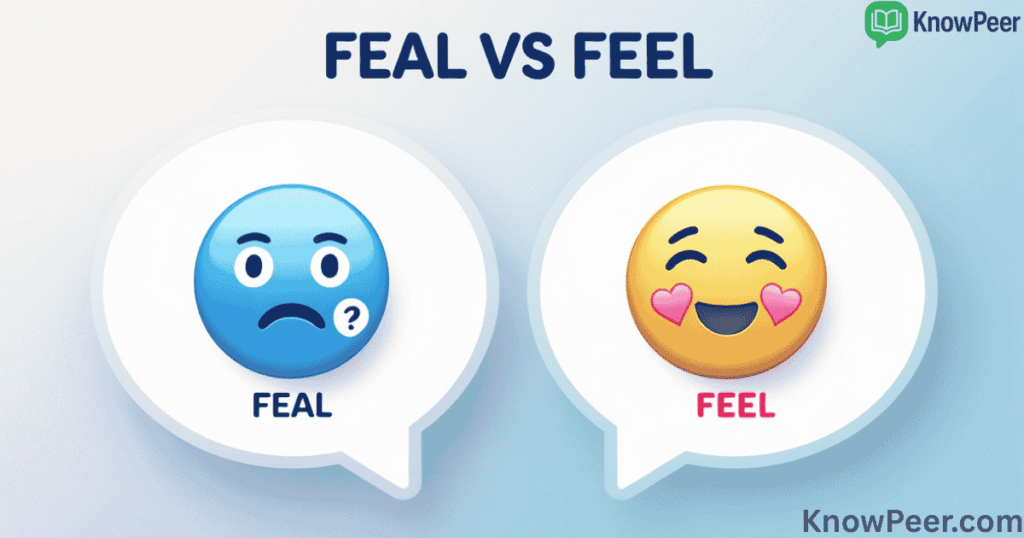
In the feal vs feel showdown, you now hold clarity. Feal meaning is faithful, archaic, poetic. Feel meaning is sense, emotion, everyday. Use “feal” only when you want medieval magic. Use “feel” for modern expression. When writing, check your context, use proofreading tools, and revise by reading aloud. This helps you choose words that resonate with readers.
Effective writing mixes clarity and style. Use writing clarity tips to craft heart and meaning. Vary your language using synonyms like sense, touch, perceive. Watch your parts of speech to avoid mistakes. And keep an eye on those tricky word pairs. In the end, your words should not only make sense—they should connect. And knowing your correct use of feal and feel gets you one step ahead.
| Word | Meaning | Use Today? | When to Use |
| feal | loyal, faithful | Yes, but rare | Poetry, historical fiction |
| feel | sense, emotion | Always | Everyday speech, writing |
Case Study: Historical Fiction vs Everyday Blog
In a medieval novel, the author wrote, “She remained a feal guardian of the realm.” Readers immediately sensed loyalty and old-world tone. Use of historical English usage uplifted the scene. A modern lifestyle blogger wrote, “I feel relaxed by the beach sunrise.” That shows feel in everyday speech and conveys emotion and physical sensation. These two examples highlight how choosing the right word changes impact. That’s the heart of smart writing choices.
Conclusion
In the debate of feal vs feel, the conclusion is clear. Feal is an archaic English word that once meant loyal or faithful. It appears in medieval English terms, historical fiction writing, or poetic texts. Its usage today is rare and mostly stylistic. You won’t find it in daily speech or most modern writing unless you’re aiming for a specific tone or historical setting. The feal definition is limited to being an adjective and serves a niche purpose in literature or old documents.
Feel, by contrast, is an essential part of modern English. It acts as both a verb and a noun. You use it when you express emotions, describe physical sensations, or explore intuitive thoughts. Its presence in idioms, daily speech, and professional writing makes it indispensable. Learning the correct use of feal and feel helps avoid common errors. It also sharpens your grammar, supports writing clarity, and improves your proofreading tips. Writers who understand these distinctions make better smart writing choices and communicate more effectively.
